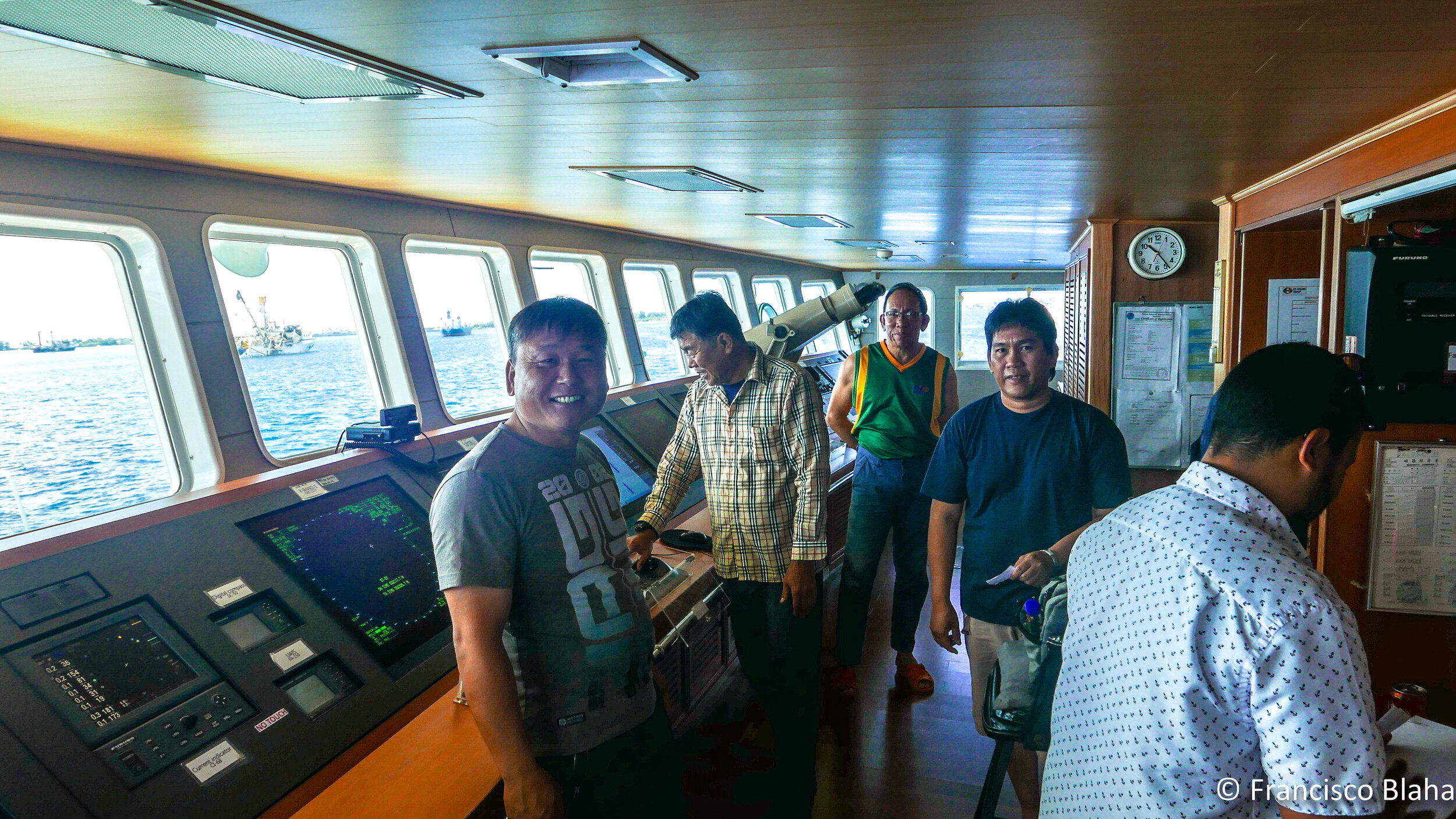My 1st skipper used to laconically have a standard answer to my almost constant questions about pretty much anything: “todo tiene ventajas y desventajas”… (everything has advantages and disadvantages), which coincidentally was my dad’s advice when I told him I was getting married over 20 years ago.
For fisheries and life… that has been a real mantra over the years, and I always find it interesting when science papers prove that knowledge that my skipper (who only had primary school yet knew more about fishing than most people I meet since then)
I like that duality concept, in these days where everyone wants a “silver” bullet that will fix all problems and that is never the case.
Now this paper (Fuel consumption of free-swimming school versus FAD strategies in tropical tuna purse seine fishing) from the very clever crew at AZTI, has also a finding that goes against the established belief yet fits with my observations… one of the cards pushed by eFAD proponent is the fuel savings… yet from working with PS and checking them for years now: Purse seiners while fishing on eFADs are always on the go from eFAD to eFAD and particularly at night where they go hard to the distant ones to start the set before sunrise, while free school fishing ones (like during our FAD closure) may move more during the day, but normally turn of main engines and drift during night, as you cannot see the tuna schools breaching (unless is an amazing full moon with no clouds – happen only once to me), and in the tropics, nights are long.
So I never really bought that argument completely, and this paper proves it… yet on the other hand, FAD fishing logically presents a higher set success rate than free school (but smaller than I expected based on my WCPO experience)… However, these are very well equipped and cleverly skippered Spanish boats in the Indian Ocean. Would love to see the same paper done here in the WCPO
Anyway… Interesting read… go for the original (free!) I quote the Abstract and Conclusions below
Abstract
Different fishing strategies have been adopted in the last decades by tropical tuna purse seiners fleet, including fish aggregating device (FAD) and free-swimming school (FSC) fishing strategies, which has raised issues about the different carbon footprint of those fishing modes. Here we show the activity and energy patterns of a Spanish tuna purse seiner operating in the tropical Indian Ocean, based on the monitoring of energy consumption over 10 consecutive fishing trips; and we also assess the fuel use intensity of FAD versus FSC fishing by analysing 14 further trips of different tropical tuna purse seiners. The average time of a fishing trip lasted 33.1 ± 11 days. The dominant activity during the fishing trip was cruising (with 68.5% of the time), followed by inactive period at sea (15.6%), fishing (7.7%), and in port (8.1%). The vessel consumed 381 ± 113 t fuel/trip, of which 90.4% was spent in cruising, 4.3% in fishing, 3.7% during the inactive period at night and 1.6% while staying in port. The main engine consumed 75% of the total fuel, while the auxiliary engines the remaining 25%. Furthermore, our results demonstrated that FAD fishing (543.6 L/t) is more fuel intensive, than FSC fishing (439.4 L/t). However, FADs fishing successful rates are higher, around 95.7 ± 3.8%, than FSC rates (around 80.6% ± 5.8). It is worth noting that the differences may be driven by seasonality and FSC availability, number of FADs in an area, vessel characteristics and equipment, and skipper skills rather than the adopted fishing strategy. Nonetheless both FAD and FSC fishing are more energy efficient than longline (1069 L/t), trolling (1107 L/t), or pole and line (1490 L/t) fisheries for Atlantic tuna, but similar or slightly less efficient than Maldivian pole and liners.
Example of a trip with high dominance of FAD sets (left) and with FSC sets (right).
Conclusions
Tuna purse seiners are one of the most fuel intensive fishing fleet operating in our oceans due to, among other things, their installed power, technology onboard, catch size, and distance covered (4759 ± 1870 nm/trip with FAD and 3696 ± 2083 nm with FSC strategy) and long duration of their fishing trips (33.1 days). In terms of duration a fishing trip lasts 33.1 days, of which 68% of a trip is dedicated to cruising, 8% fishing, 16% of the time the vessel is inactive and adrift at sea, and the remaining 8% the vessel is in port. A total of 381 tonnes of fuel are consumed on average in a fishing trip, of which 90% is due to cruising, 4% to fishing, 4% to the inactive period at sea mainly at night, and 2% to stays in port. The main engine consumes the 75% of the total fuel consumption of a trip, while the 25% is used by the auxiliary engines.
Different fishing strategies can be adopted by the purse seiners (i.e., FAD o FSC), each presenting different characteristics. FSC appear to be less energy intensive than FAD (in terms of L/t). However, FADs present higher set success rates, meaning that there are technically more efficient. Both FAD and FSC are less energy intensive (in terms of L/t) that other tuna fishing gears such as longline and trolling. Comparing energy efficiency in terms of IMO’s EEOI index, tropical tuna purse seiners are on average less energy efficient in comparison to different ship types, and their scores can be comparable with those of average road transportation, highlighting their inefficiency. But the good scores found in some of the FAD trips, which were similar to those of RoRo vessels, suggest that FAD fishing can present much improved EEOI values than FSC, for which this value is quite constant and high. Further studies are necessary to compare the energy efficiency of FSC and FAD fishing under different seasons and oceans.

